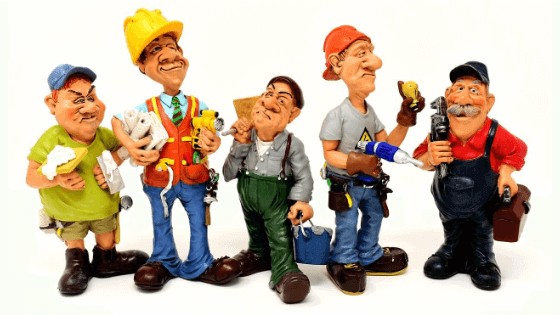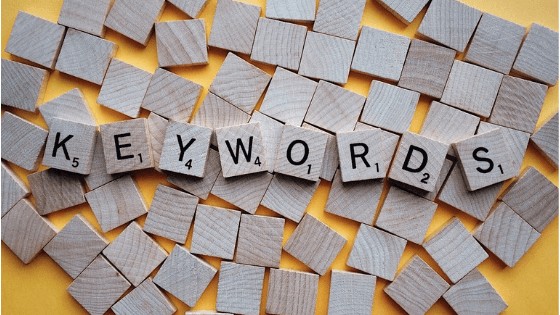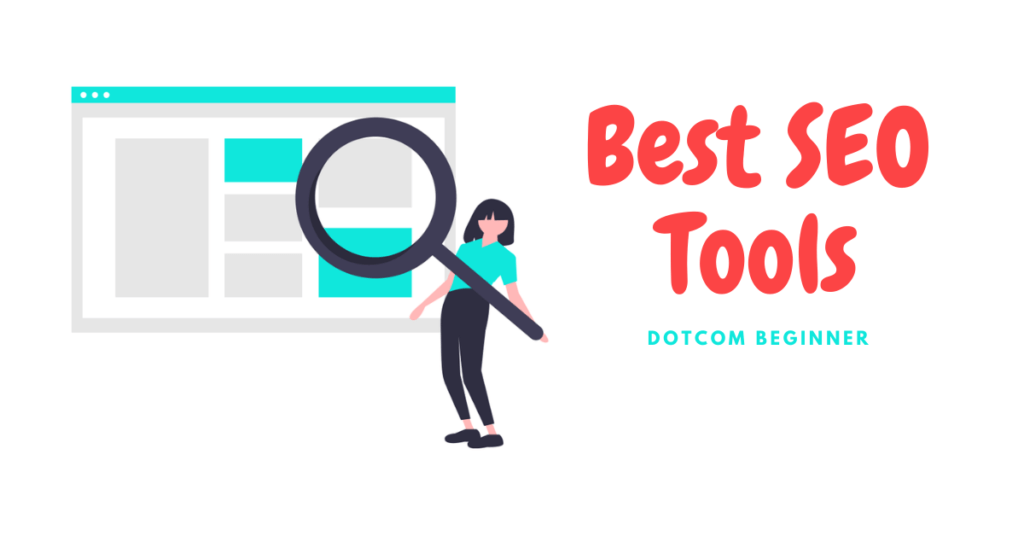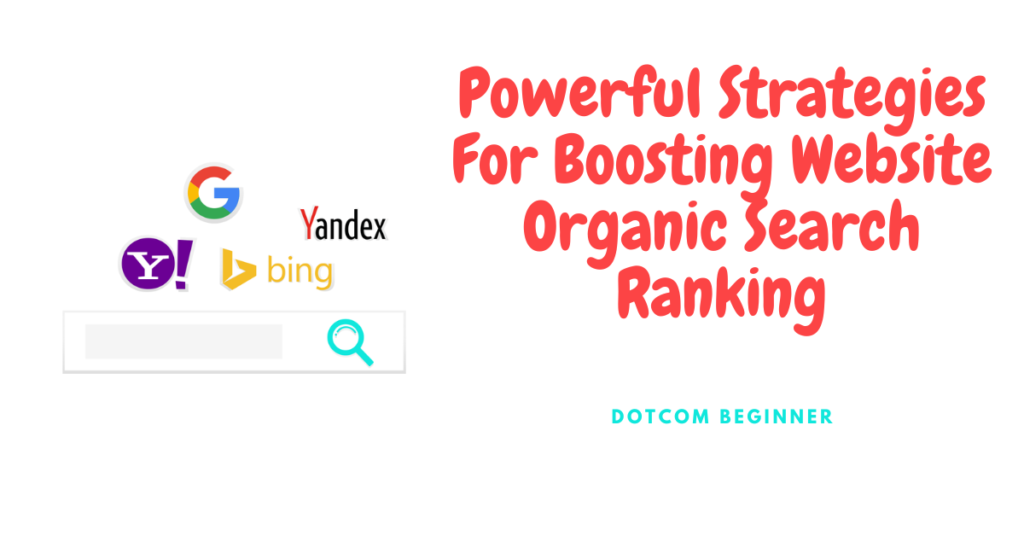Last Updated on February 5, 2021
Whether you are just starting your Blogging journey or been here for a while, you must have come across the term SEO (Search Engine Optimization) a number of times but you don’t have any idea of what it is, leave alone On-Page SEO. It might be as complicated as it sounds. So, what is SEO?
SEO or Search Engine Optimization is a technique of making your website or content ‘Search Engine Friendly‘. This simply means that you use certain methods to rank your website as high as possible on the Search Engine Result Pages (SERPs) in order to attract high traffic on your website. SEO is all about stealing a space for your website on the first page of SERPs.
There are hundreds of ways to optimize your web page so that search engines like Google, Yahoo, or Bing can figure out what your site or blog is about and rank you further. Just keep in mind that you optimize the content not just for search engines but for humans too.
Your blog should first be human-friendly before you make an effort to make it search engine friendly.
Why you need SEO
In order to make your website successful or worth occupying space on the internet, you need people (traffic) to come and visit your website. SEO will bring the majority of this traffic.
Today, every site needs the right set of SEO techniques to excel in the online world. Companies are shelling out thousands of dollars monthly to bring people on their websites.
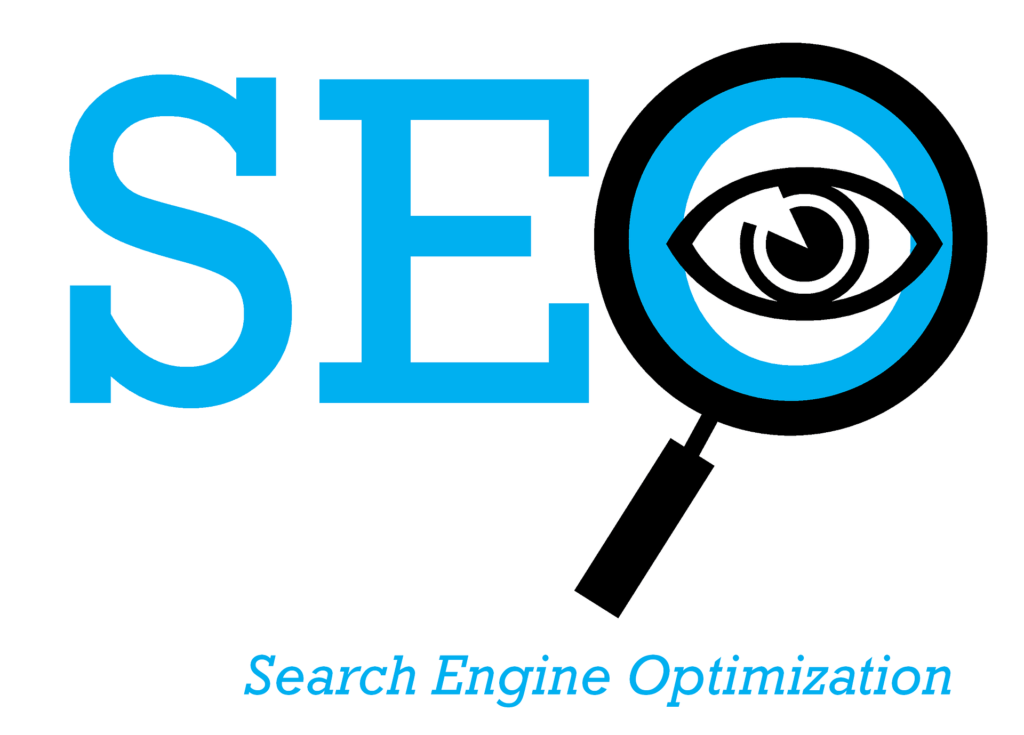
SEO cannot be mastered overnight and takes time, but once it is done properly the results will be rewarding. You need to have patience while doing SEO.
If you want to get a decent number of daily visitors and earn some revenue from your site, then it is highly recommendable to do at least a basic level of SEO on your site. Promoting your website on social media is always a good idea but social media promotion will only provide short-term traction to your site whereas SEO will bring recurring traffic to your site.
SEO is the best and free way to get organic traffic from search engines. Invest your time in learning SEO now and it will pay you amazing returns in the long run.
What is On-Page SEO
On-Page SEO is a branch of SEO that includes all those things or optimizations that can be done ON the web page to make it rank higher on Search Engine Result Pages. Whether it is optimizing the page title, descriptions, meta tags, images, content, etc. All these factors contribute to On-Page SEO.
With On-Page SEO we try to structure the elements of a post or a web page that influences the page ranking. Search Engines have complex algorithms that comprise over 200+ ranking factors mastering SEO is not easy, but understanding how the search engines work gives a competitive edge over other website owners.
While you cannot control every ranking factor that search engines use but you can definitely master some of the major ranking factors that affect the page rankings.
Also to mention there are many super-effective On-Page SEO Tools that you can make use of to improve the SEO of your site.
In this post, I have jotted down some of the Best On-Page SEO Strategies that are effective as well as easy to achieve and will definitely help you rank your website on the first page of SERPs.
1. Content
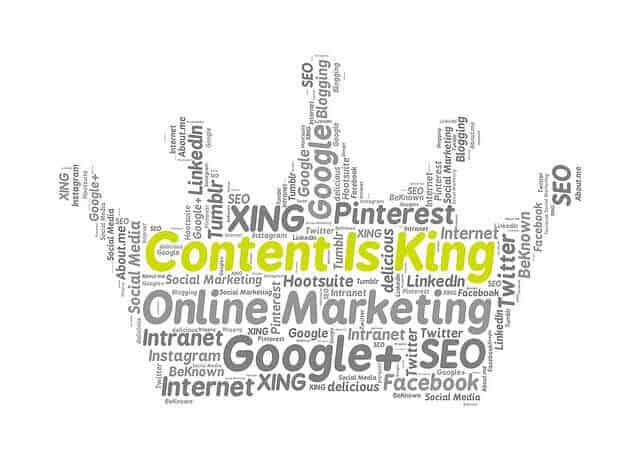
Nothing can outrank a brilliant content and Nothing can rank a poor content. Not even SEO. Content is the soul of the article. If the content is on point and relevant, Google will help rank it higher for good search experience.
Google only loves you when everyone else loves you first – Wendy Piersall
So what makes up a great content?
- Original – Whether it’s a text, image or Video make sure to keep it original and unique. No one likes copied content, not even search engines.
- Well Researched – Do a deep research on the topic before posting about it. People love well-researched articles as they are considered to be useful and resourceful. Long articles tend to perform better than short articles. Make a post having at least 1500-3000 words.
- Useful – If an article is well-researched and thought upon it automatically becomes useful for the prospects. Make your readers time worth spending on your content.
- Unbiased – Keep in mind that readers will always find out if an article is biased. So make sure you bring both sides of the content to the table and produce unbiased content.
2. Page Title
Page Title is one of the major SEO factors on your site and hence you should spend the most amount of time brainstorming the perfect title for your web page or article.
On the average, five times as many people read the headline as read the body copy. When you have written your headline, you have spent eighty cents out of your dollar – David Ogilvy
When writing the Headline for your article make sure to include the main keywords of the article in it. This will help people and search engines as well to figure out what your page or article is all about. Accordingly, the page will be indexed and ranked further.

Keep the following in mind when writing the Page Title;
- Write a unique page title for every page on your website
- Always make the target keyword a part of the page title and whenever possible try to insert the keyword at the beginning
- Use numbers at the beginning of the headline to make it more precise and resourceful. For eg. 10 Ways to, 7 Best methods to, 5 Effective rules of etc.
- Keep your page title within 60 characters as it is the average amount of characters that are displayed in search results. Anything more than that will be cut short in the SERPs. Make the page title brief yet appealing.
- Try to use powerful words like Ultimate, Effective, Actionable, Easy, Simple, Useful etc. in the page title. It makes the article more attractive.
3. Meta Description
Meta Description is the 160 characters long description of the post that is displayed under the page title and permalink of the post and is the very first piece of content that comes to reader’s notice. Make it as descriptive in 160 characters.

Most of the time its the meta description or page description that makes the reader click your post link for the first time. It the first advertisable content that you offer to your reader to convince them to click your link, so try to make it simple and clear.
Avoid placing auto-generated descriptions that even makes no sense. Always write a manual description for your article. You can up your On-Page SEO game by entering relevant meta description.
When you write the meta description for the post, don’t forget to add the target keyword(s) in it. It makes it easy for the reader as well as Google to identify the post content easily.
4. Meta Tags
Just like Meta Description, Meta Tags are another important element of On-Page SEO. Meta Tags are a set of keywords that used throughout the article. It again helps search engines to understand what the article is about by analyzing the keywords that are used in the post.
You should always add the relevant keywords for each of your article as meta tags. When search engine crawlers come to your site to crawl the content, meta tags are one of the first to be crawled. Hence choose the meta tags carefully and do not over stuff it.
5. Keyword Density
Keyword Density is the number of times your target keyword appears in an article. It is one of the crucial factors in ranking your site on SERPs. Typing the relevant keywords in the article makes the content visible and appropriate to work out for the search engines.
The thing to keep in mind here is that you don’t overutilize or underutilize the power of keyword density. What it means is, if you keep the relevant/targeted keywords less it will result in the ignorance of content by the search engines, whereas if you abuse this by overusing and stuffing your post with keywords, it will result in getting your page or site being banned by the search engines.
The best way to do this and not end up being banned is by keeping the Keyword Density somewhere between 2%-5%.
6. URL Optimization

Focus on making search engine friendly URLs/Permalink for your web pages to rank better. URL Optimization is an integral part of Technical SEO. So what does make an URL optimized for search engines?
- Try and keep the URL short and descriptive. Short URLs tend to perform better than long ones.
- A URL within 255 characters is considered ideal from SEO point of view.
- Include the targeted keywords in the URL and separate each of them with a hyphen ‘-‘ instead of an underscore ‘_’
- Make them simple and easy to understand
- Make use of Category. Whatever you post on your website make sure to place it under a category. For eg. Social Media, SEO, Digital Marketing etc. It makes your content more accessible.
7. Image Optimization
Using Images on a blog is always a great idea. It breaks the boredom that may arise by reading a just plain text. Images speak louder than words and are more engaging than text. Using relevant images not only makes your content visually appealing but is also an important On-Page SEO factor.
Here is what you can do to optimize images on your site ;
- The biggest disadvantage of using images is that they are high on the size and add to the loading speed of the site. Hence Image Optimization is of utmost importance. Try to compress the size of an image as small as possible. You can learn How to save images optimized for the web.
- Wherever and whenever possible use Original Images. You can use Canva tool to design images for your blog post. In case you are not using an original image, it is advisable to reference the source.
- Make use of ALT text and image description to describe images. This helps search engines understand what the image is about.
- When describing the image title/name treat it as important as a page title. Include relevant keywords in the image title which will make your website visible in the Google Images as well.
8. Body Tags
Tags like H1, H2, H3, H4, etc. make up the body tags. These are basically different format of writing a Headline.
This is where the formatting aspect of your page comes into play for On-page SEO. Whenever you write a post, emphasize on its formatting. Break up your content into different sections and paragraphs making it easier to read for your readers. Do not write the whole post in one long and never-ending paragraph. No one likes to read such long paragraphs.
So break your content into smaller paragraphs and sections. Never write a para more than 3-4 lines, then press enter. This is where Body Tags come to the rescue. Start with the H1 Tag for the main heading of the post. If you are working on WordPress, then the page headline will automatically be wrapped up in the H1 tag.
Always write a keyword rich headline in the following order of priority; H1>H2>H3>H4… For crawlers, Body/Title Tags are the content indicators, so be careful while drafting it and make the optimal use of it.
9. Site Loading Speed
In the fast moving world, no one has time for your slow loading website. Not even search engines. If your website doesn’t load fast enough, your page rankings will suffer a lot. Many big internet companies like Google is investing a lot of resources and time in order to make the web experience fast and fluid for the users.
Site Loading Speed is a major component of On-Page SEO.
And in order to promote the importance of Site Loading Speed and encourage site owners, search engines have made it a crucial ranking factor for websites. Therefore fast loading sites are ranked better than laggy sites.
Optimizing the speed of the websites is not only good from an SEO perspective but also delivers a great user experience that helps in viewer’s retention. You can check the PageSpeed of your site using Google’s PageInsight Tool
Have a look at the below stat and you will know how important the page speed is for your business.
10. Internal Linking
Internal Linking means linking other articles, pages or content of your website in the current article. It not only helps to retain the readers on your website but is also effective in crawling your website and web pages.
Internal Linking is sometimes the most overlooked part of On-Page SEO by webmasters.
When search engine spiders or crawlers come to your website they are also looking for links within the content that leads to other pages. The more links to the content, more are the chances of it being indexed by search engines. Hence, internal linking is also useful for indexing sites content if any page is left unindexed.
Internal linking also increases the relevancy of the page to the targeted/relevant keywords and in turn, helps in increasing the Page Rank. It also makes the search engines aware of the most important pages of the website. If you want to rank the most important content on your website, give that content the most number of internal links.
Last but not least, internal linking also contributes to decrease the bounce rate and increase the time spent on the website and the number of pages per visit.
11. External Linking
When you link a phrase or any content of your article to another website it is known as External Linking. You can do this to provide better content about linked keyword to your readers.
External Linking also helps in increasing the trustworthiness and relevance of your website whenever you link high-quality content on high authority sites.
But you need to be cautious while creating external links to other websites because overdoing it is considered as a spam and can result in a penalty by the search engines which will ignore your site when indexing. This thing became pretty evident after the Panda and Penguin update was released, which started penalizing webmasters for creating too many external links.
Another major advantage of using external links is, it helps search engines in identifying the meaning and context of your post.
12. Website Responsiveness
Site Responsiveness is not an option or an add-on feature anymore. It’s mandatory to have a website that is responsive to every gadget and every screen size. Having a mobile-friendly website has become the need of the hour. In fact, mobile friendliness is considered one of the major ranking factors of search engines like Google.
And the reason behind it is the fact that more than 60% of the searches all over the world is happening on mobile devices and thus search engines are emphasizing so much on the site responsiveness. Webmasters around the globe are forced to make a mobile-friendly website.
If you fail to make your website mobile friendly, be ready to lose a ton of potential traffic. It’s time to take your site responsiveness seriously. It’s best to use a responsive theme that is SEO friendly too. You can check the mobile-friendliness for your website using Google mobile-friendly tool.
13. Blog Comments
Comments are the most ignored aspect when it comes to optimizing the webpage for search engines. Many consider it a reason for the increasing spam rate on their websites. But it is not like that. Comments can serve as a significant part in building the page rank and increase traffic on the site.
Google considers comments as one of the parameters to figure out if the post is engaging. More the comments more will be the engaging rate resulting in better rankings of the page. Google considers an engaging content more relevant, interactive and useful for its users.
Comments also increase the time a reader spends on the website making SEO better.
Make sure to moderate each and every comment before publishing it online. Publish only those comments that add value to your content and are not too general.
And ‘always’ reply to the comments.
I hope this article helped you in understanding what On-Page SEO and how can you up your game mastering its techniques. If you find this article helpful, feel free to share it with your friends and family on social media. And if you have anything to share regarding this topic you can share your views in the comment section below.

